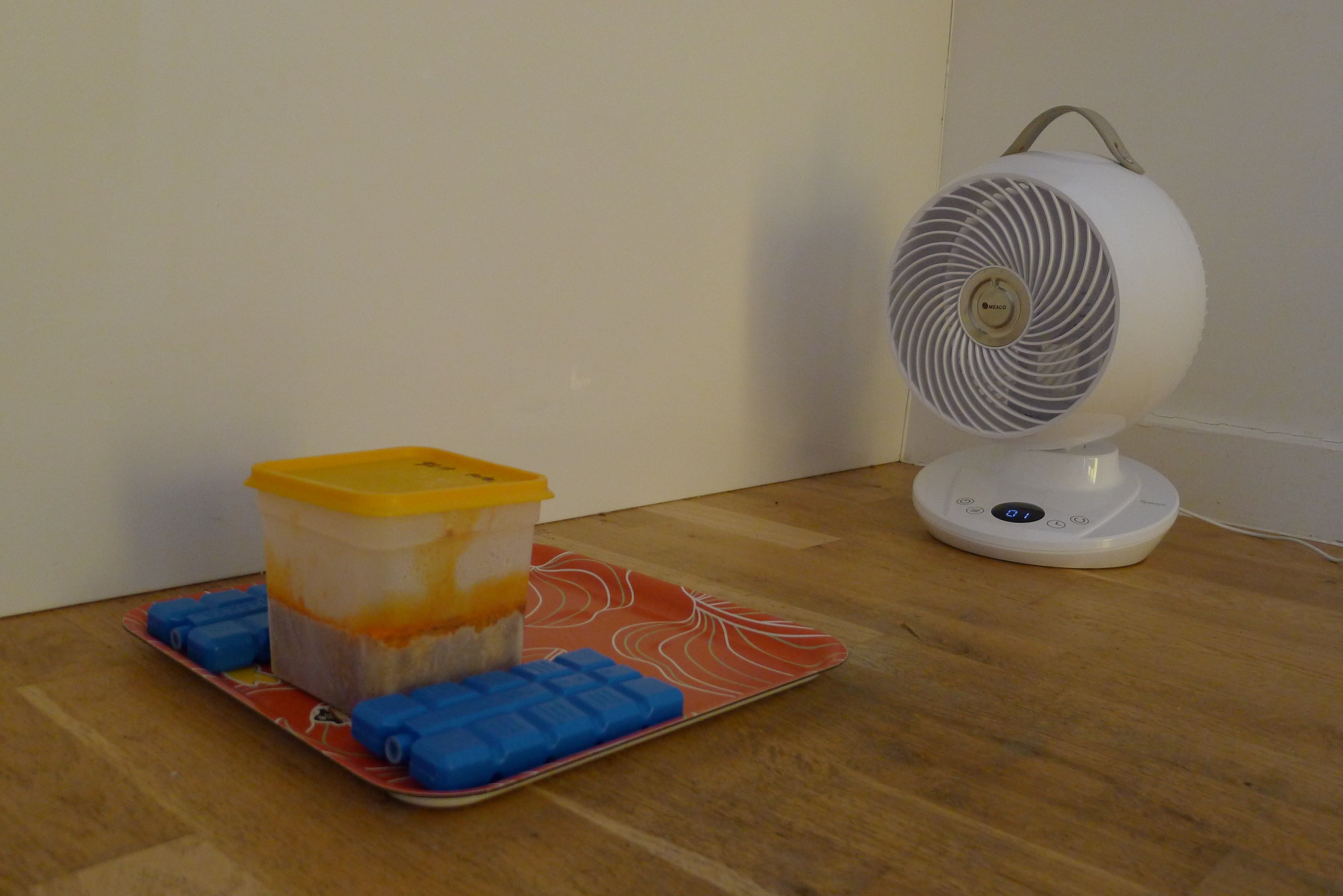

Articles
How To Make Fan Colder
Modified: January 19, 2024
Learn expert tips and techniques in our comprehensive articles on how to make your fan colder. Enhance your cooling experience and beat the heat this summer!
(Many of the links in this article redirect to a specific reviewed product. Your purchase of these products through affiliate links helps to generate commission for Storables.com, at no extra cost. Learn more)
Introduction
Have you ever found yourself in a situation where your fan just doesn’t seem to cool you down enough? Don’t worry, you’re not alone. Many people rely on fans to provide relief from the sweltering summer heat or stuffy indoor air. However, sometimes it feels like the fan is just blowing hot air, leaving you sweaty and uncomfortable.
In this article, we will explore various techniques to make your fan cooler and more efficient. By understanding how fans work and implementing some simple strategies, you can maximize airflow, improve fan efficiency, and enhance your overall cooling experience. Whether you have a ceiling fan, desk fan, or tower fan, these tips will help you stay cool and comfortable.
So let’s dive in and discover how to make your fan cooler!
Key Takeaways:
- Maximize airflow by cleaning, positioning, and creating cross-ventilation to ensure your fan effectively cools you down, creating a more comfortable environment during hot weather.
- Enhance fan efficiency with adjustable speed, ice bowls, and oscillation features to optimize cooling, and consider supplementary methods like portable AC units for a well-rounded cooling solution.
Read more: How To Make A Refrigerator Colder
Understanding how fans work
Before we delve into the ways to make your fan cooler, let’s first understand how fans work. Fans use blades or impellers to create a flow of air in a particular direction. When the blades rotate, they create a low-pressure area, causing air to move from areas of high pressure to low pressure.
When the fan is turned on, the blades spin rapidly, pushing air forward. Depending on the design of the fan, it can either blow air directly onto you or circulate air in the room.
In order to maximize the cooling effect of your fan, it’s important to position it correctly. If you have a ceiling fan, make sure it is set to rotate counterclockwise during the summer. This will create a wind-chill effect, making you feel cooler. For other types of fans, aim them towards you or the area where you need the most cooling.
Additionally, consider the size and type of fan you have. Larger fans tend to move more air and provide better circulation. Box fans, pedestal fans, and tower fans are all great options for creating a cool breeze in your space.
Now that you have a better understanding of how fans work, let’s explore some techniques to maximize airflow and make your fan cooler.
Maximizing airflow
One of the key factors in making your fan cooler is maximizing airflow. By ensuring that air can flow freely and reach you effectively, you can enhance the cooling efficiency of the fan. Here are some tips to help you maximize airflow:
- Clean and dust the fan regularly: Over time, dust and debris can accumulate on the blades, reducing their effectiveness. Clean your fan regularly to remove any buildup and ensure maximum airflow.
- Position the fan strategically: Experiment with the placement of your fan to find the best position for optimal airflow. Placing the fan near a window or door can help bring in cooler air from outside.
- Clear obstructions: Make sure there are no obstacles blocking the airflow from your fan. Move any furniture, curtains, or other objects that may hinder the air circulation.
- Use a fan booster: Consider using a fan booster, which is a device designed to improve the airflow of your fan. It attaches to the back of the fan and helps direct the airflow towards you.
- Create cross-ventilation: If possible, open windows or doors on opposite sides of the room to create cross-ventilation. This will help facilitate a continuous flow of air and increase the cooling effect of your fan.
By implementing these strategies, you can ensure that the air from your fan reaches you more effectively, resulting in a cooler and more comfortable environment.
Improving fan efficiency
Aside from maximizing airflow, another important aspect to consider when aiming to make your fan cooler is improving fan efficiency. By optimizing the performance of your fan, you can achieve better cooling results. Here are some ways to improve fan efficiency:
- Adjust fan speed: Most fans have adjustable speed settings. Experiment with different speeds to find the optimal setting for your comfort. Generally, a higher speed setting will provide more airflow, but it may also be noisier.
- Invest in a fan with variable speed control: If your fan doesn’t have speed settings, consider upgrading to one that offers variable speed control. This allows you to customize the airflow to your specific needs.
- Place a bowl of ice in front of the fan: Adding a bowl of ice in front of the fan can create a cool mist in the air as the ice melts. This trick can be particularly effective in dry climates or during hot summer days.
- Use oscillation feature: If your fan has an oscillation feature, make sure to enable it. This will help distribute the cool air evenly throughout the room.
- Check and replace fan filters: Some fans have filters that can become clogged with dust and debris over time. Check the manufacturer’s guidelines and clean or replace the filters as needed to ensure optimum airflow.
- Consider using a fan with a built-in timer: Having a fan with a built-in timer allows you to set a specific time for it to turn off. This can help conserve energy while keeping you cool during specific periods.
By implementing these strategies, you can enhance the efficiency of your fan and achieve a cooler and more comfortable environment.
Clean the fan blades and vents regularly to ensure proper airflow. Place a bowl of ice in front of the fan to create a cooling effect. Use a fan with adjustable speed settings for better control.
Enhancing cooling techniques
In addition to maximizing airflow and improving fan efficiency, there are various cooling techniques you can use to make your fan cooler. These techniques work hand in hand with your fan to provide a more effective cooling experience. Let’s explore some of them:
- Use a damp towel or sheet: Dampen a towel or sheet in cold water and drape it in front of your fan. The evaporative cooling effect will result in cooler air being blown into the room.
- Create a DIY air conditioner: Fill a container with ice or cold water and position it in front of the fan. As the fan blows air over the cold surface, it will create a makeshift air conditioning effect.
- Utilize natural ventilation: Take advantage of cooler air outside by opening windows and doors during the evening or early morning. Position your fan strategically to draw in the fresh, cool air and circulate it throughout the room.
- Use a fan with a misting function: Some fans come with a misting function that sprays fine water droplets into the air. This, combined with the airflow from the fan, can create a refreshing cooling sensation.
- Install window film or shades: Window films or shades can help block out the heat from the sun, keeping your room cooler. This can work in conjunction with your fan to maintain a comfortable temperature.
- Consider using a dehumidifier: High humidity levels can make you feel hotter than the actual temperature. By using a dehumidifier, you can remove excess moisture from the air and create a cooler environment.
By incorporating these cooling techniques alongside your fan, you can significantly enhance the cooling effect and create a more comfortable space during hot weather.
Read more: How To Make My Kegerator Colder
Utilizing additional cooling methods
While fans are a great way to cool down, there are other supplementary cooling methods you can utilize to make your fan cooler and enhance your overall comfort. These methods can work in conjunction with your fan to provide optimal cooling. Let’s explore some of them:
- Use a portable air conditioner: Portable air conditioners are designed to cool down a specific area or room. By using a portable AC unit alongside your fan, you can create a more powerful and efficient cooling solution.
- Utilize ceiling fans in tandem: If you have a ceiling fan in addition to other types of fans, running them simultaneously can create a more effective cooling effect. The ceiling fan can help distribute cool air from your AC or other cooling sources throughout the room.
- Incorporate cooling accessories: Consider using cooling accessories such as cooling towels, neck fans, or personal misting fans. These accessories provide direct cooling to your body and can make you feel cooler, even in hot temperatures.
- Create a DIY swamp cooler: A DIY swamp cooler is an inexpensive alternative to an AC unit. You can make one using a fan, a cooler filled with ice or cold water, and a combination of pipes or ducts to direct the airflow. This method provides a cool breeze while also adding moisture to the air.
- Optimize your home’s insulation: Proper insulation plays a crucial role in maintaining a cool indoor environment. By insulating your home properly, you can prevent hot air from entering and cool air from escaping, making your fan’s cooling efforts more effective.
- Consider using a fan with air purification features: Some fans come with built-in air purification filters. These filters help remove pollutants, allergens, and odors from the air while providing a cooling effect.
By utilizing these additional cooling methods alongside your fan, you can create a well-rounded and efficient cooling setup to combat even the hottest days.
Conclusion
Keeping cool during hot weather is essential for our comfort and well-being. Fans are a popular and cost-effective solution for providing relief from the heat. However, it’s common to encounter situations where a fan alone doesn’t seem to cool us down enough. That’s where the techniques and methods we’ve discussed in this article come into play.
By understanding how fans work, maximizing airflow, improving fan efficiency, and utilizing additional cooling methods, you can significantly enhance the cooling effect of your fan. Whether it’s cleaning and positioning your fan correctly, using cooling accessories, or implementing creative DIY solutions, there are various strategies you can employ to make your fan cooler.
It’s important to remember that each situation is unique, and what works for one person may not work for another. Don’t be afraid to experiment with different techniques and find the combination that works best for you. Additionally, always prioritize your safety and follow manufacturer guidelines when using fans or any cooling devices.
Now armed with the knowledge and ideas presented in this article, you can beat the heat and enjoy a cooler and more comfortable space. So go ahead, implement these tips, and stay cool!
Frequently Asked Questions about How To Make Fan Colder
Was this page helpful?
At Storables.com, we guarantee accurate and reliable information. Our content, validated by Expert Board Contributors, is crafted following stringent Editorial Policies. We're committed to providing you with well-researched, expert-backed insights for all your informational needs.
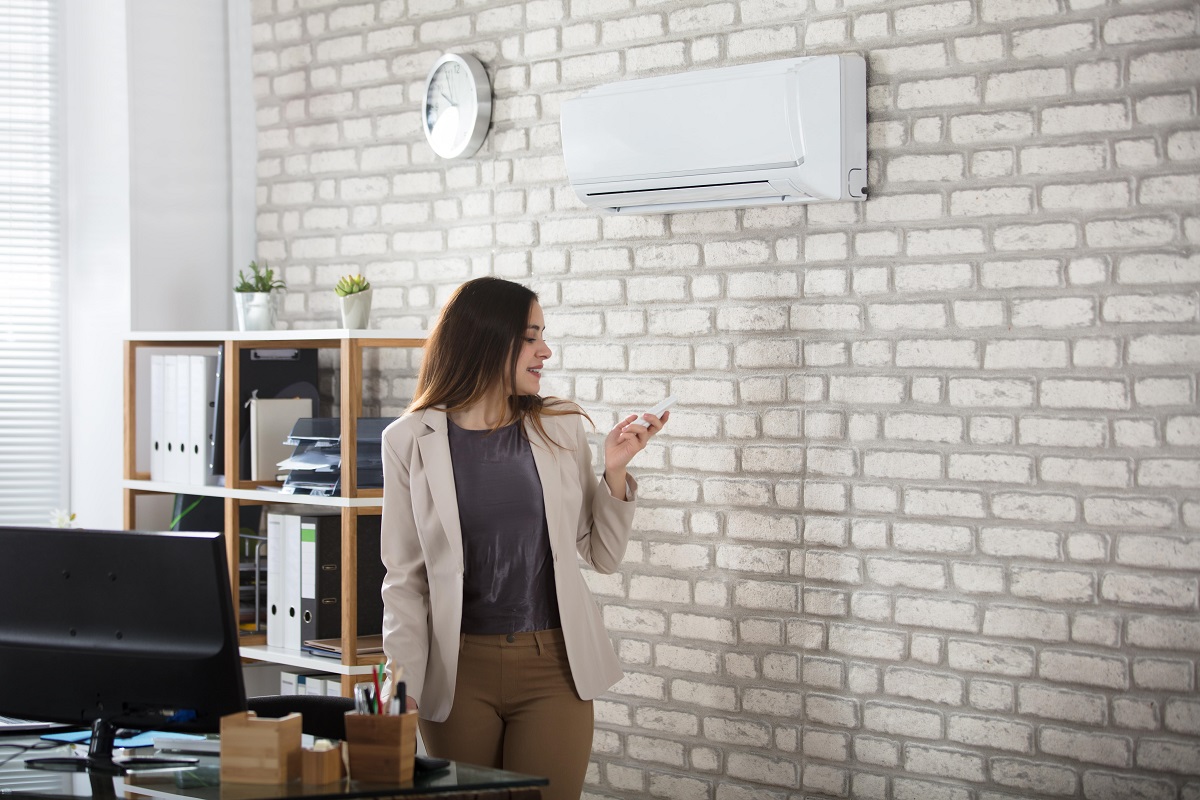
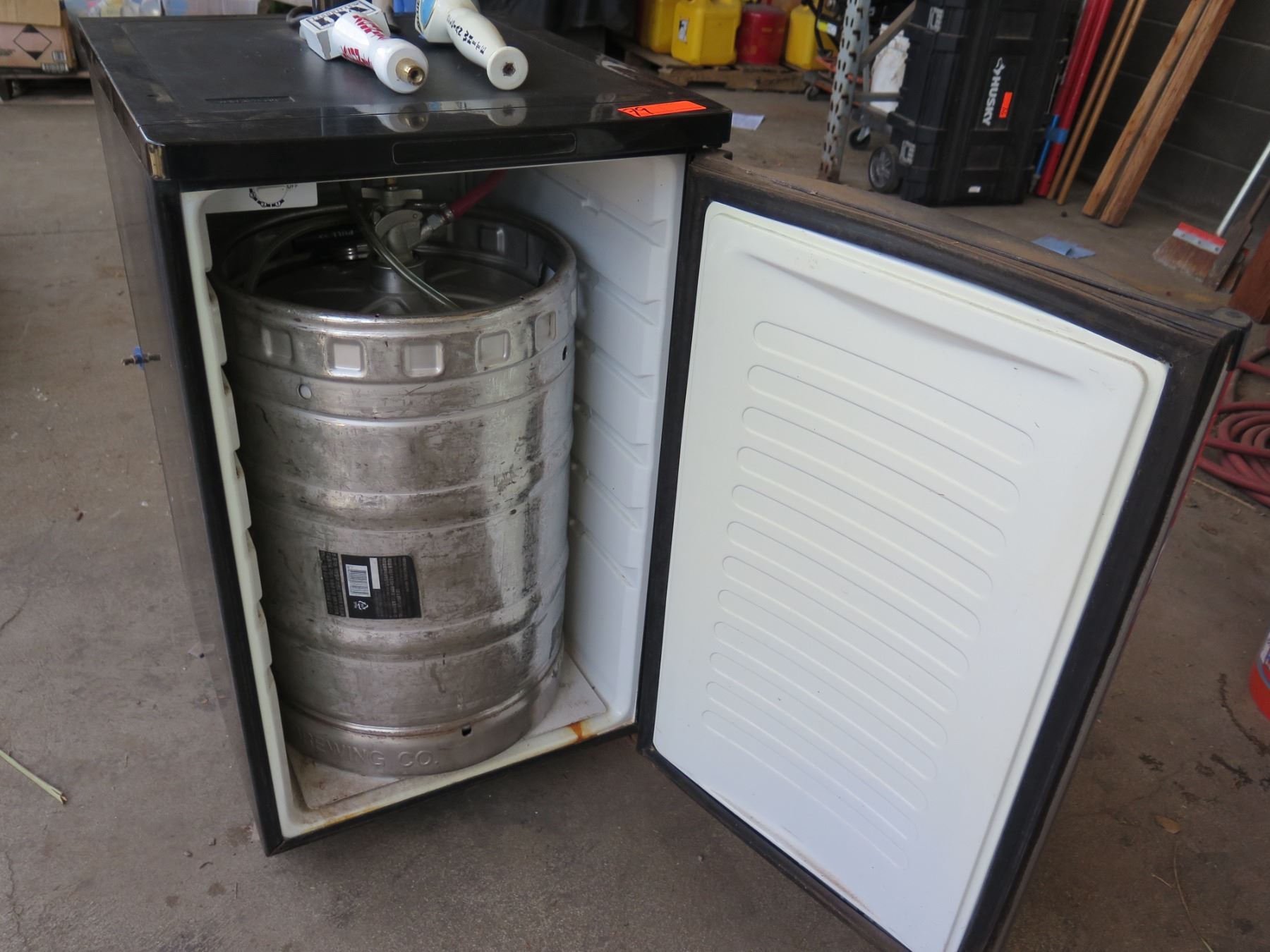
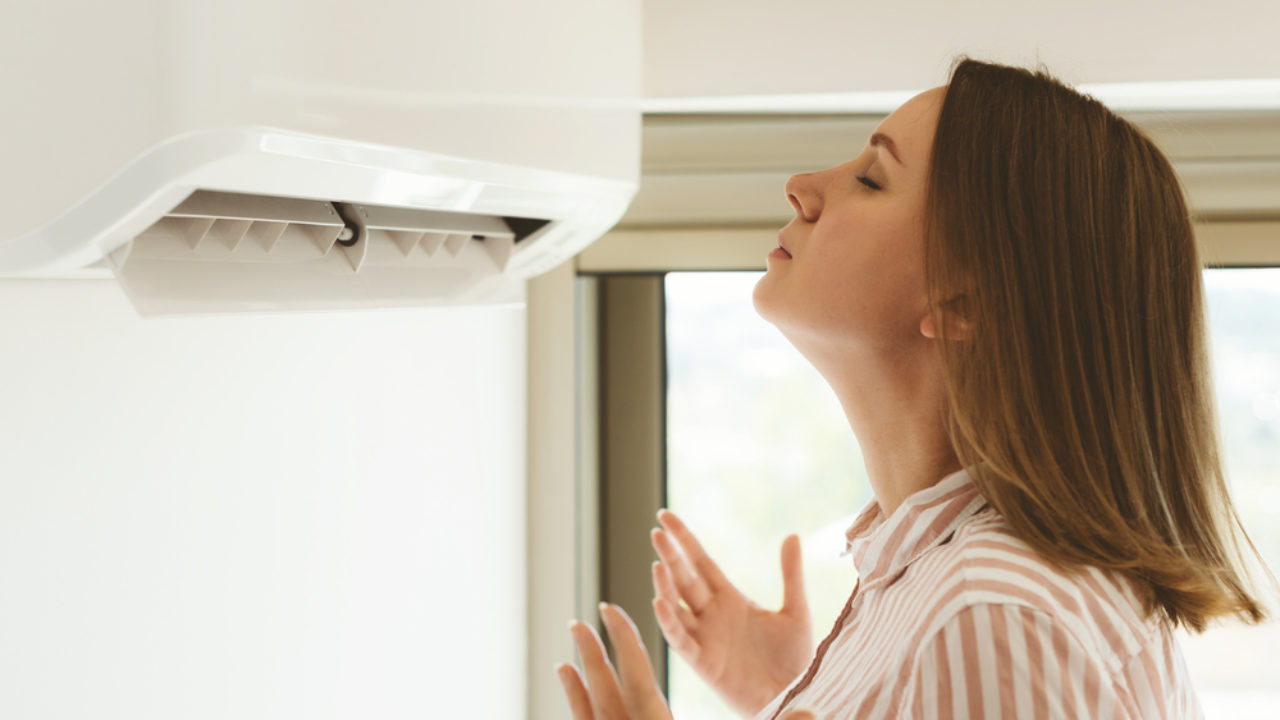
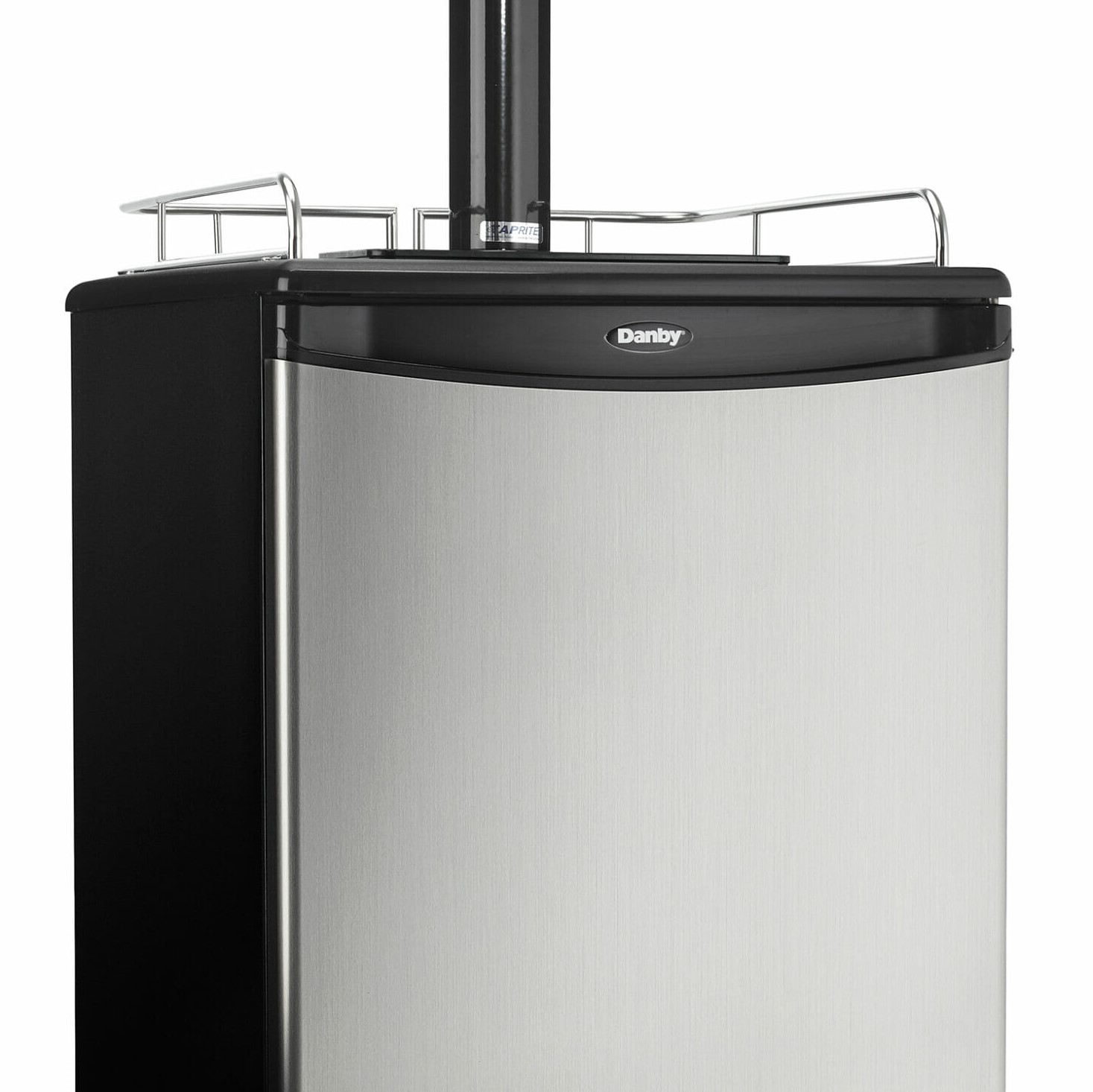
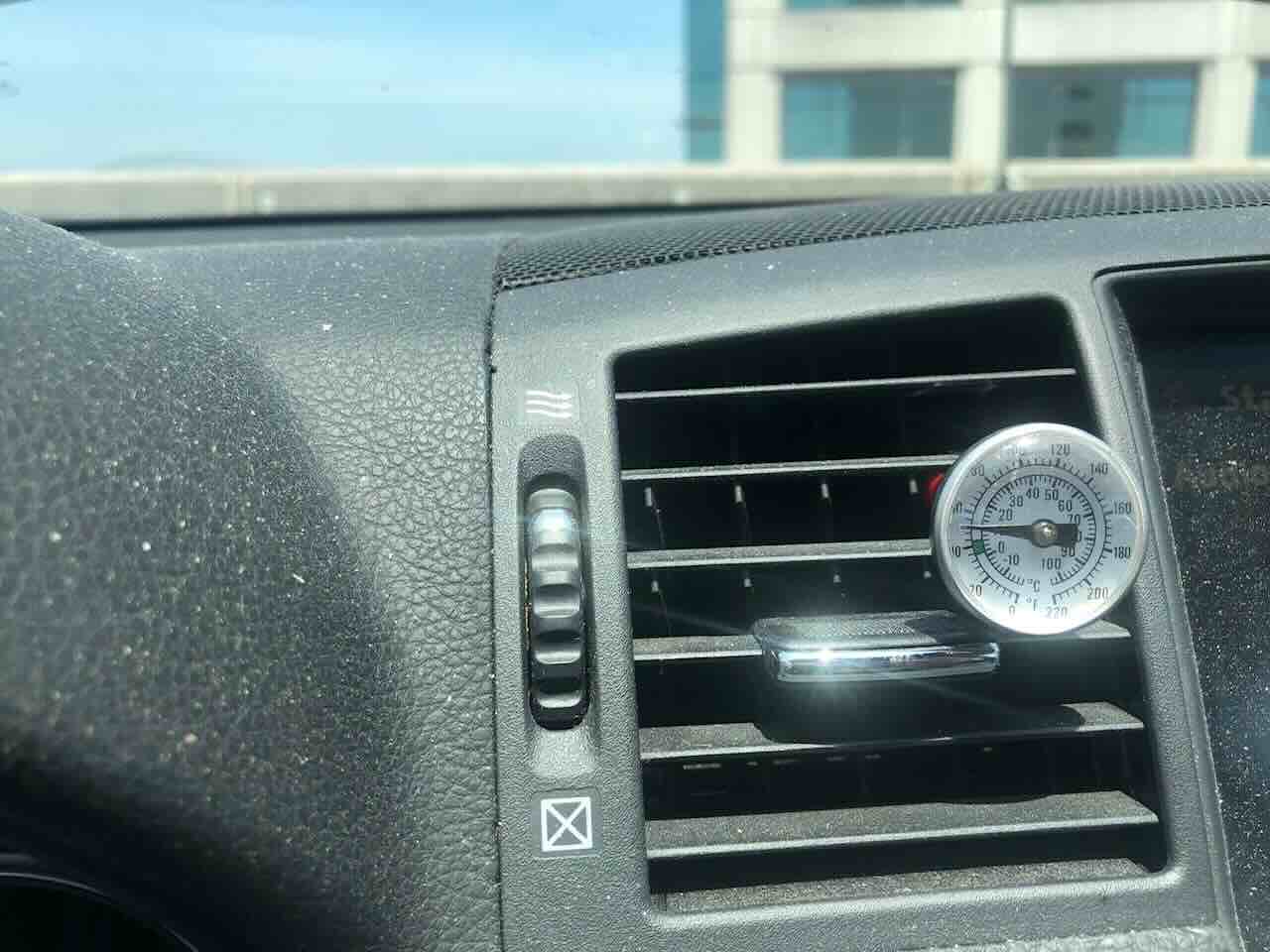
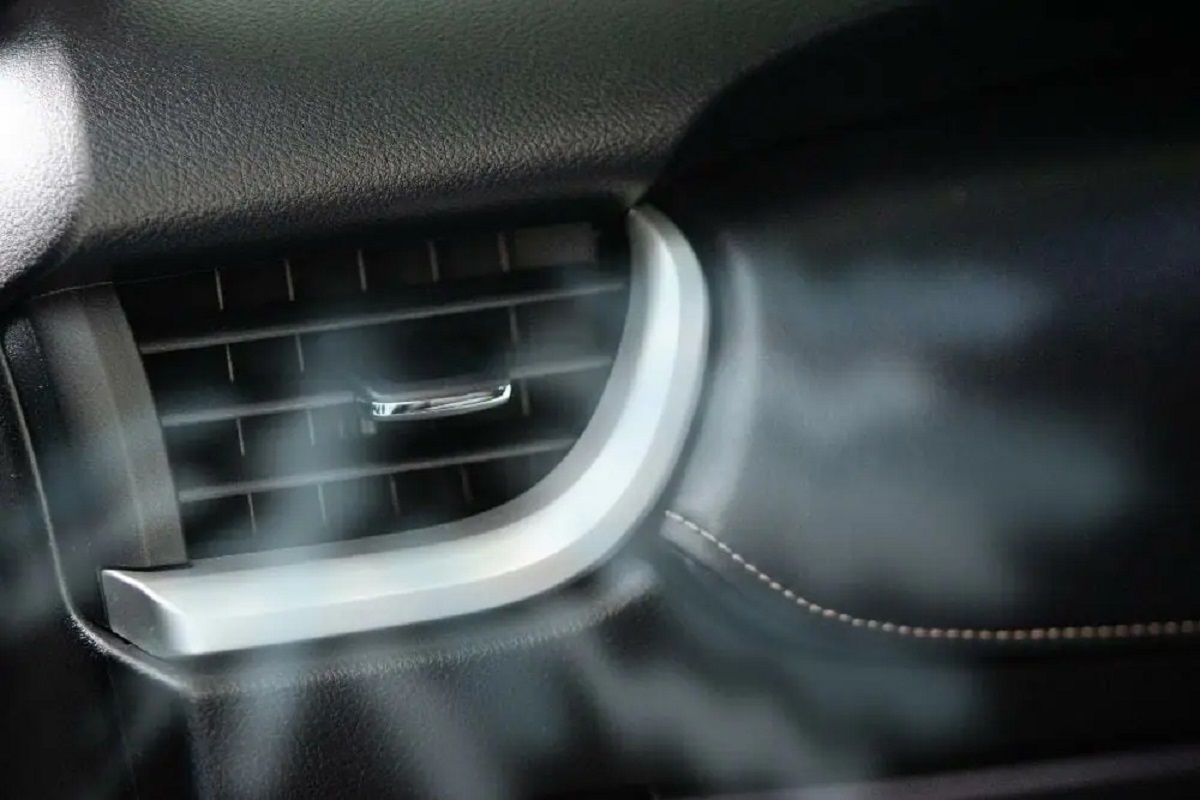
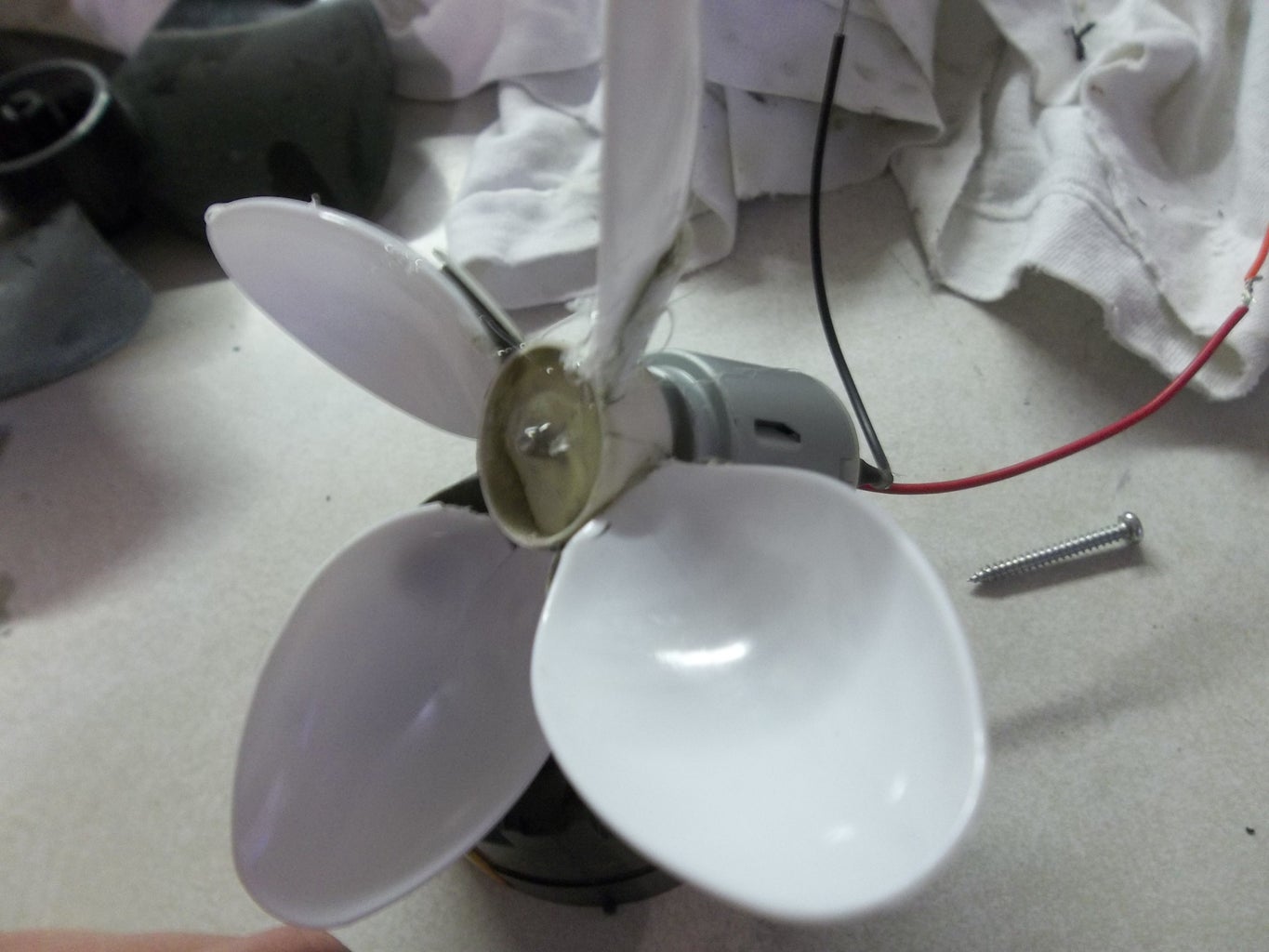
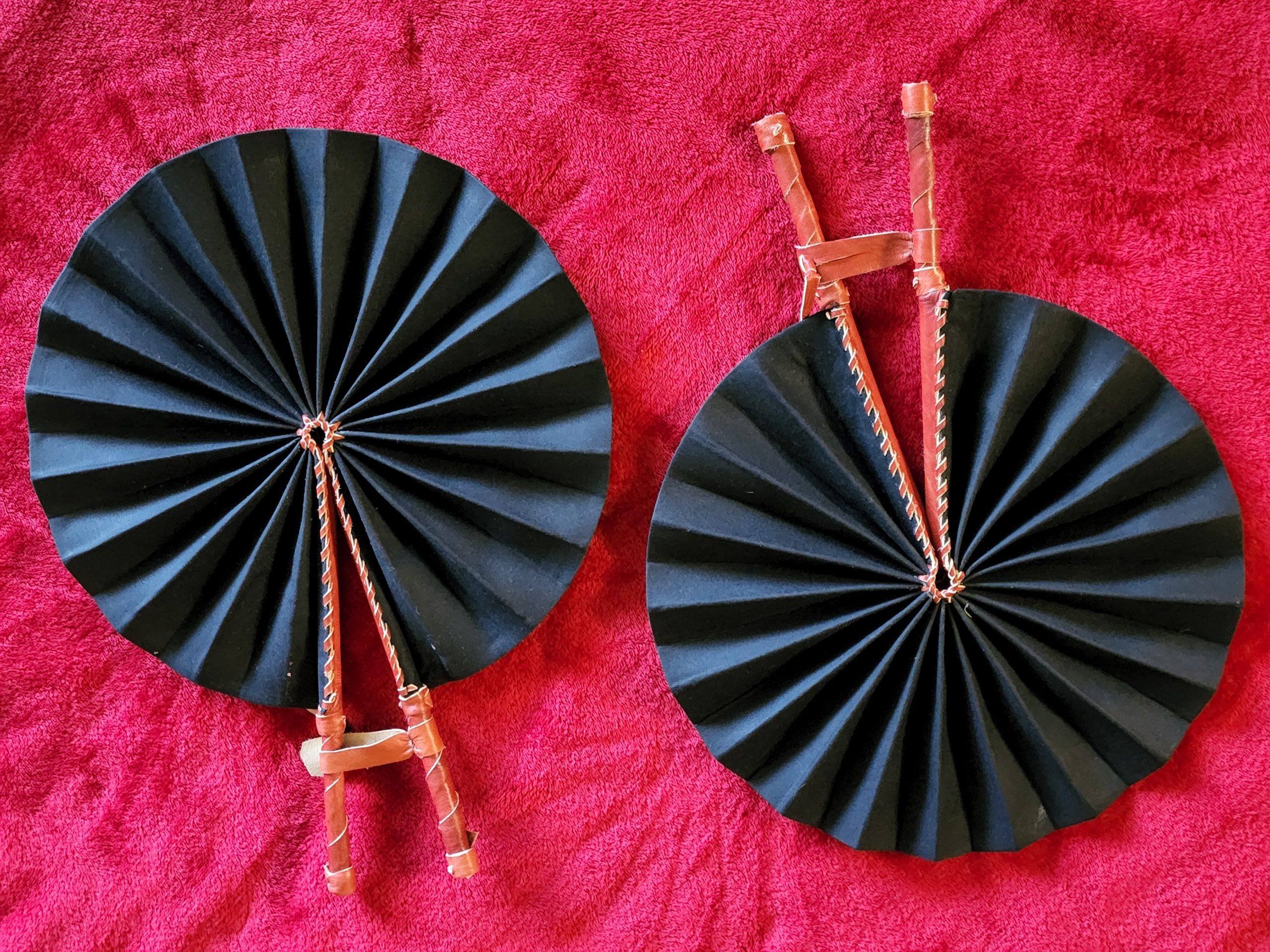
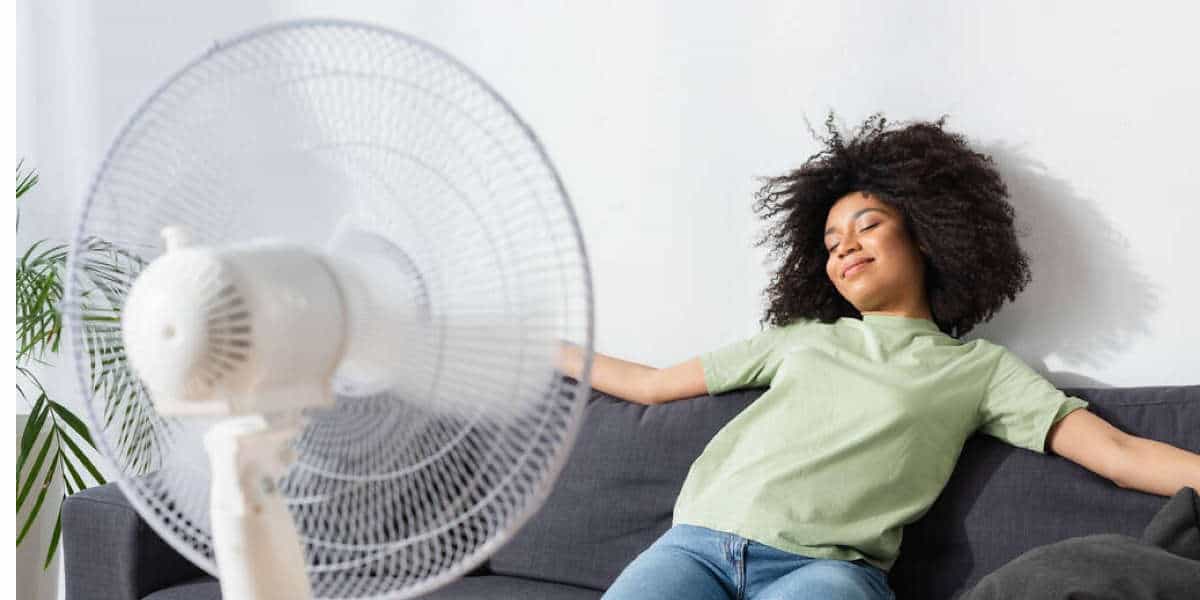
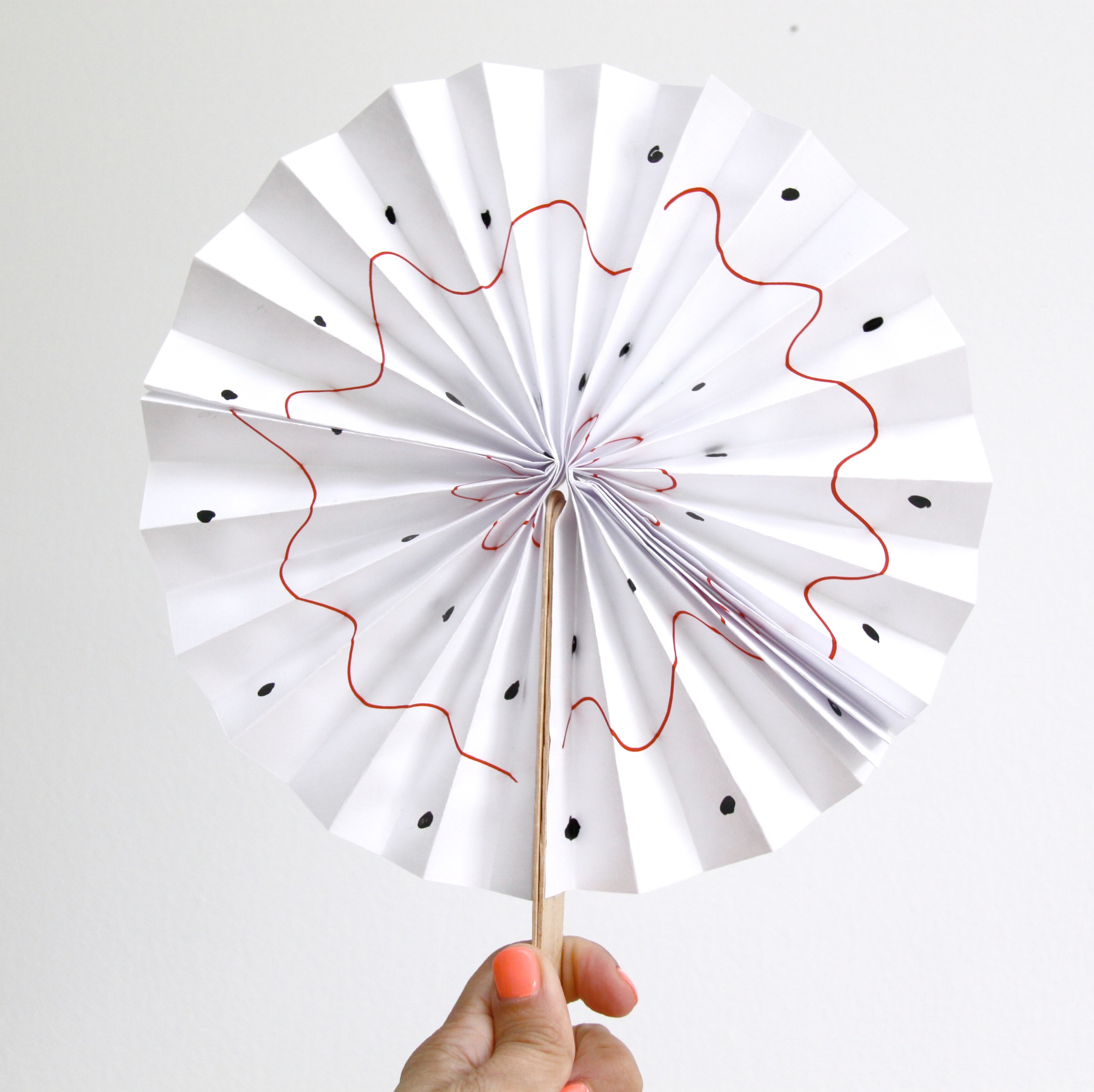
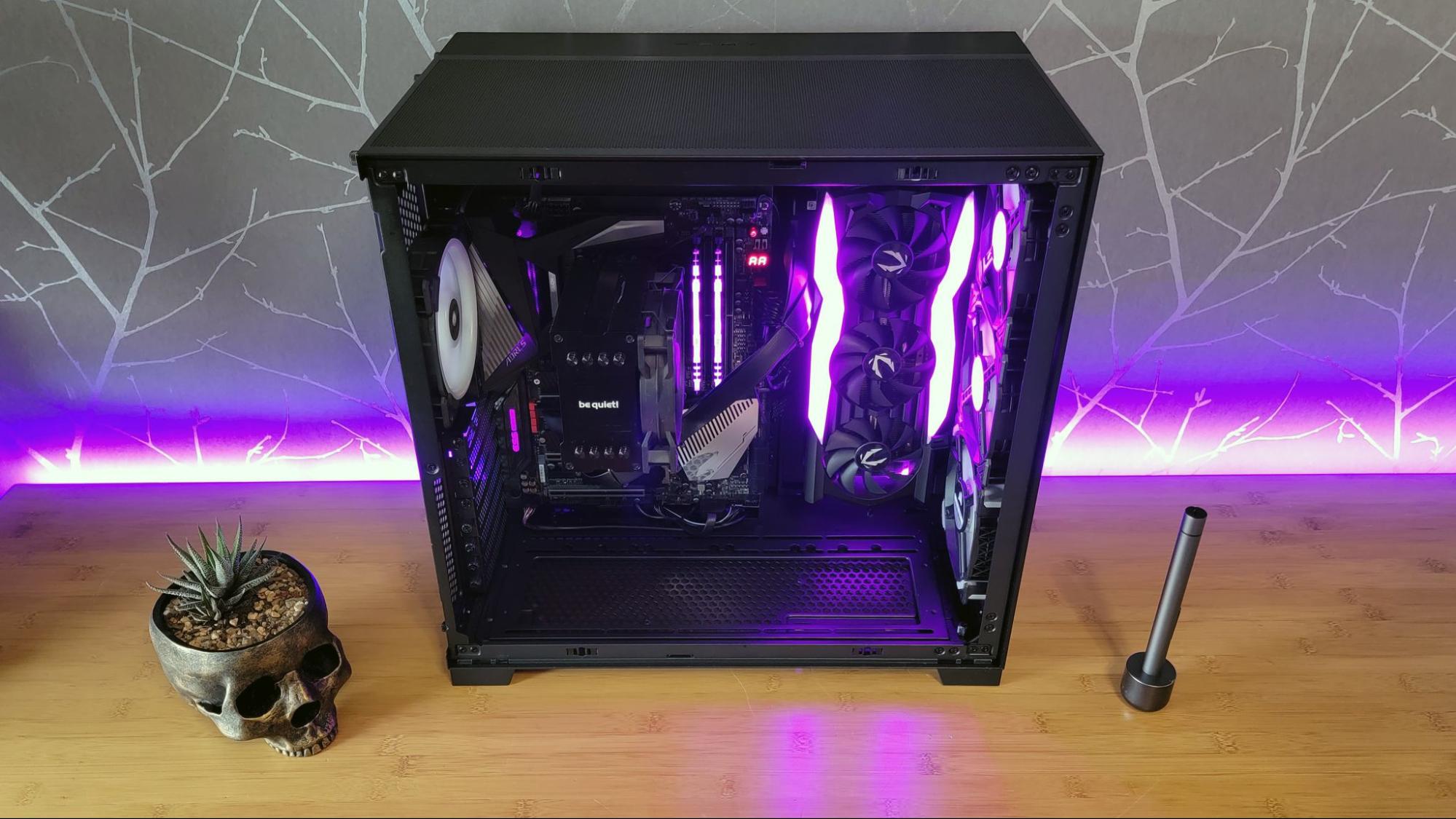
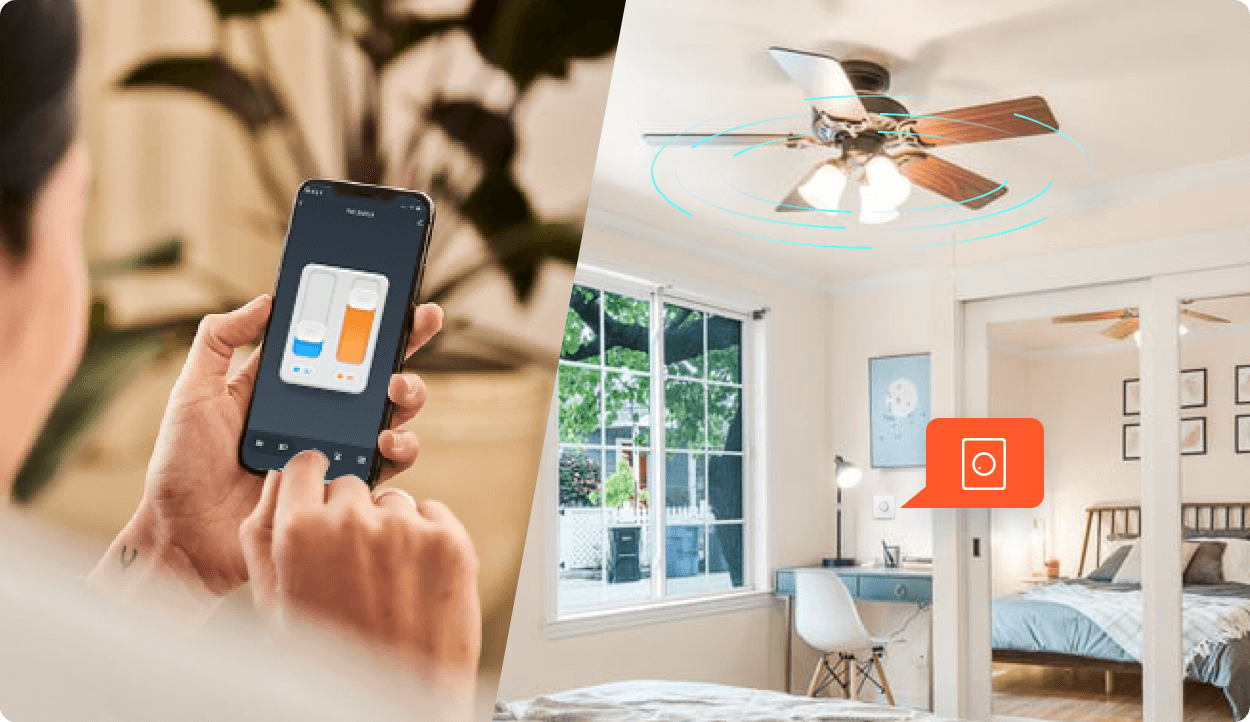
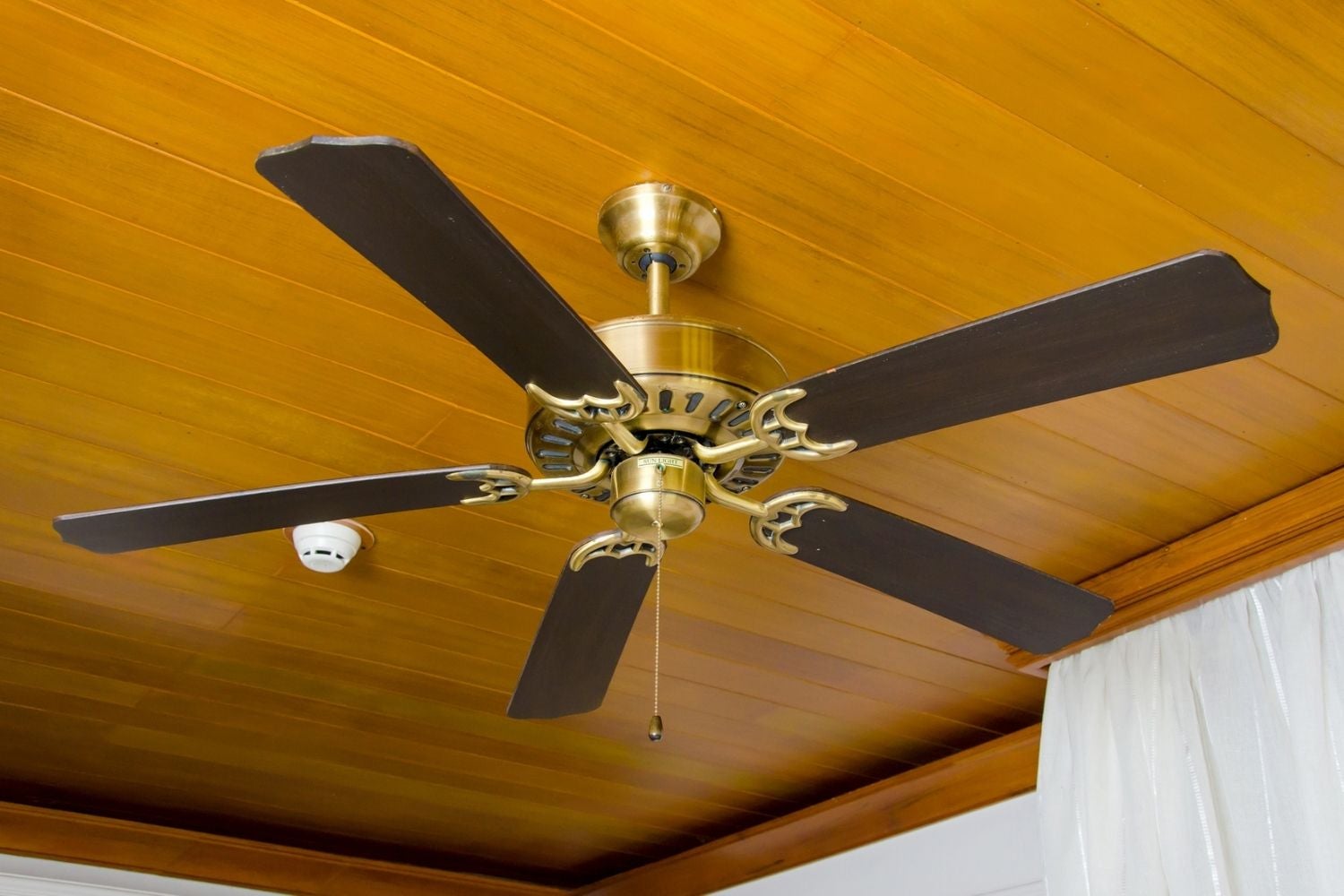
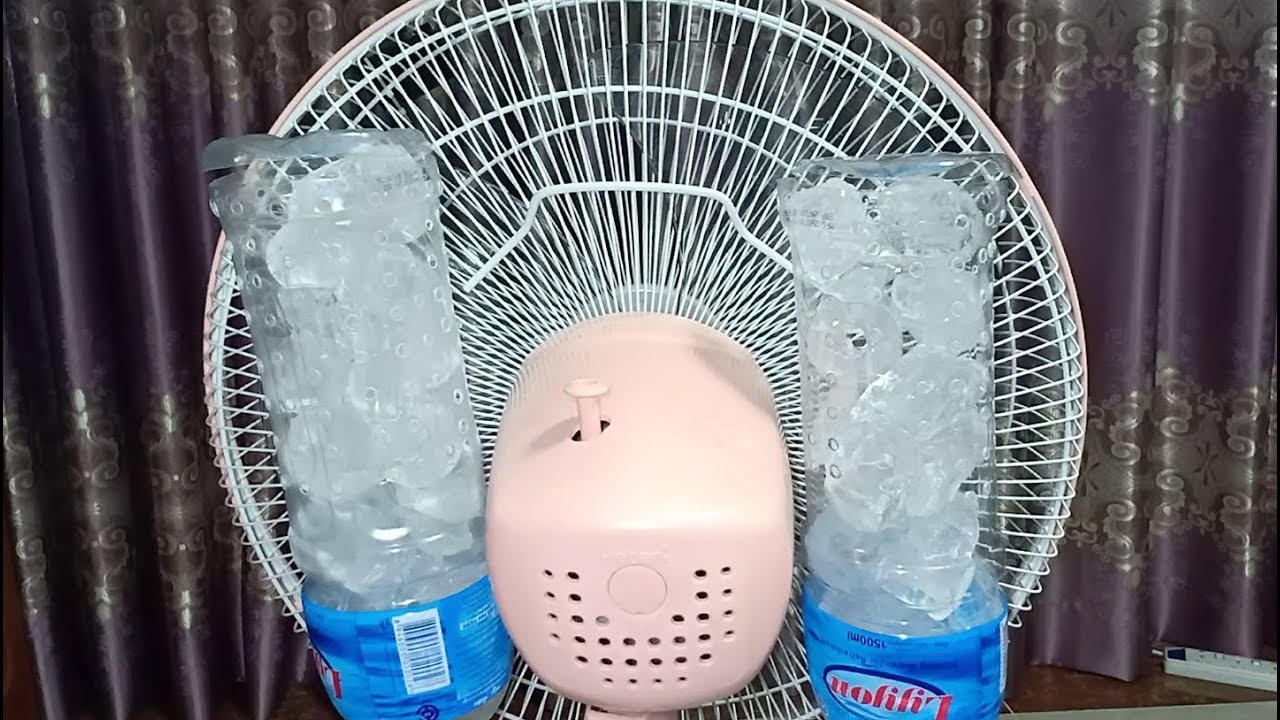

0 thoughts on “How To Make Fan Colder”